Whilst many organisations have implemented new tech as part of their digital transformation, they don’t have a strategy in place that helps them derive value from their investment.
They often end up in a vicious circle where they fail to properly adopt new and existing capabilities, user enthusiasm wanes, and the CRM is blamed – and then replaced.
Digital maturity is a concept that helps break this cycle; it considers how well organisations currently use their available technology. Digitally mature organisations are predictive in nature and are best able to meet the challenges of a changing world. Reaching this level of digital maturity is a journey, with a core aim of having a central database platform that underpins the achievement of strategic goals.
The first step of the journey is to understand your organisation’s level of digital maturity. Here are some quick questions to help you with this:
1. What are your current strategic goals, and is your technology helping you achieve them?
An example of a goal might be to increase the rate of member renewals year on year. To achieve this, you’ll need a CRM to report on levels of renewals and identify members at risk so you can put a retention strategy in place.
2. How well are your staff using your technology?
Your team needs to understand the benefits of a CRM database and be supported with learning, support and resources. Ideally, you should have accessible, documented processes that are regularly updated to set clear expectations for staff and members.
3. Are you learning from your mistakes?
Continuous learning involves regularly reviewing processes to evaluate progress toward strategic goals. A proactive approach shifts focus from merely fixing problems to constantly enhancing systems, and processes and making them fit for purpose.
4. How much do you trust your data?
A CRM should provide easy-to-use tools for accurate data insight to support strategic decision making. Your CRM should capture demographic data (eg. Join date, member type) and behavioral data (eg. Email opens, event attendance).
Even if you are using different add-ons, your data should be fed back to your single source of truth to allow for timely and accurate insights.
5. Is your tech stack making tasks easier for members?
Members should be able to self-manage their membership, amend their details, book courses and events, access resources, and network with peers via forums or groups – all with as little staff intervention as possible. If organisations don’t get this right, they will be hindered from growing without adding significant staff counts to their books.
6. How well are you using AI?
AI is a groundbreaking emerging technology, but how you adopt it is key. As with any emerging tech, it’s important to first prioritise projects based on ease of implementation. Identify what stable AI tools can be used to automate or streamline simple tasks that will affect large changes in manual work.
Start by working out what challenges AI can solve and their impact on achieving strategic goals, whilst making sure your data is safe and compliant. Digitally mature organisations use AI software to augment (rather than replace) staff and member processes and continually review their use to learn how to improve.
Final thoughts
Your central CRM database should be providing staff and members with the tools, data, and resources they need to achieve their goals. There is no such thing as a perfectly digital organisation, everyone is on a continuous journey. By understanding where your organisation is now, and what it can do to get to the next stage of digital maturity, you can understand what to focus on and be empowered to progress faster. By making informed, incremental changes, your organisation can get a true return on investment from your CRM well into the future.
To calculate your organisation’s current level of digital maturity, take this short 7-question assessment. Your results will be sent automatically, and you can see how you compare to top performing organisations.
Zentso helps membership organisations, associations, and unions to get strategic value from data and tech and to continuously evolve and be more successful. We believe your tech stack should help you achieve your strategic goals – not limit your growth by consuming too much time and resource.

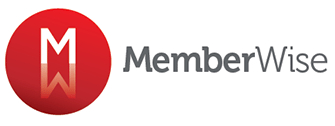
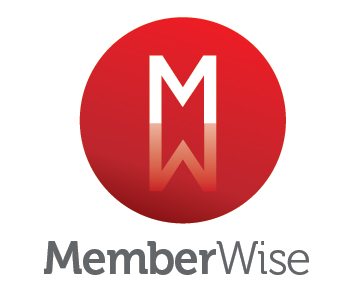
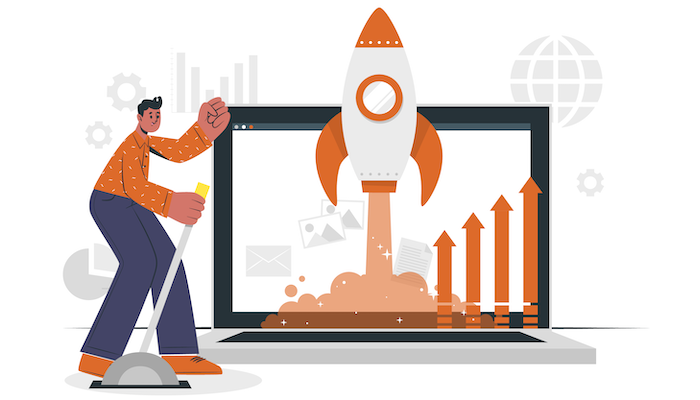


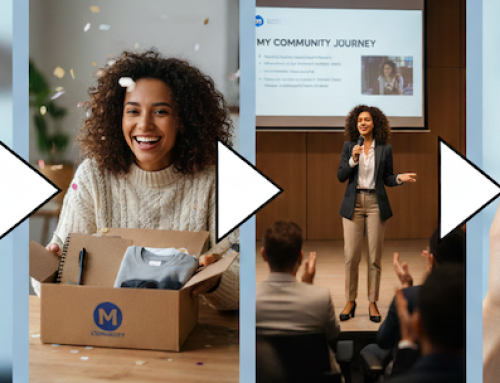


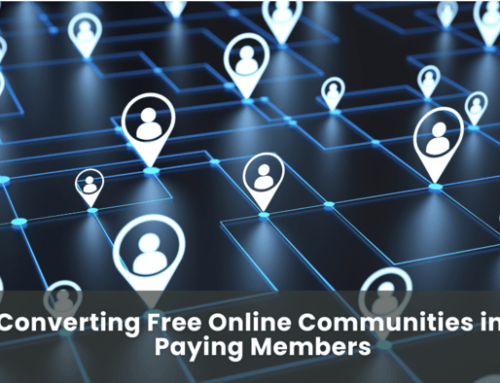

Leave A Comment